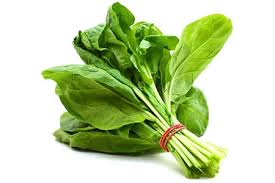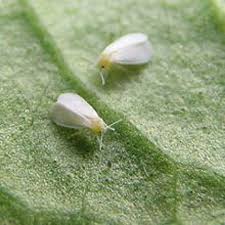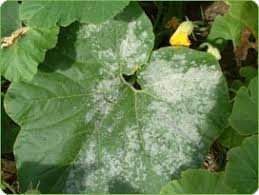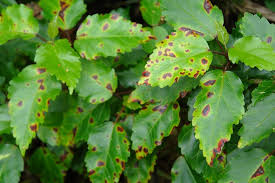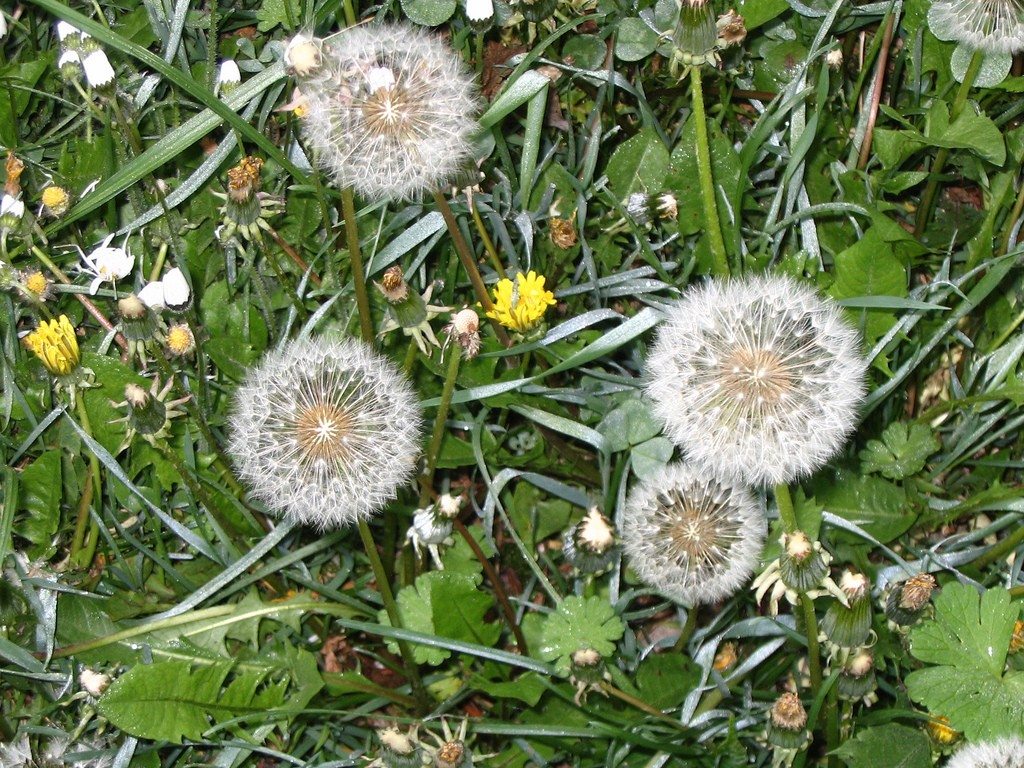Crop Detail
Spinach is an edible flowering plant in the family Amaranthaceae native to central and western Asia. Its leaves are eaten as a vegetable. It is an annual plant (rarely biennial) growing as tall as 30 cm (1 ft). Spinach may survive over winter in temperate regions. The leaves are alternate, simple, ovate to triangular, and very variable in size from about 2-30 cm (1-12 in) long and 1-15 cm (0.4-5.9) broad, with larger leaves at the base of the plant and small leaves higher on the flowering stem. The flowers are inconspicuous, yellow green, 3-4 mm (0.1-0.2) in diameter, maturing into a small, hard, dry, lumpy fruit cluster 5-10 mm (0.2-0.4 in) across containing several seeds.
Spinach is originated in ancient Persia (modern Iran and neighboring countries). It is not known by whom, or when, spinach was introduced to India, but the plant was subsequently introduced to ancient China, where it was known as "Persian vegetable". The earliest available record of the spinach plant was recorded in Chinese, stating it was introduced into China via Nepal (probably in 647 AD).
|




